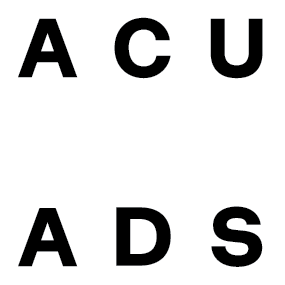This paper will discuss how my Master of Philosophy Project explores the application of Cooley’s theory of ‘crip materiality’ to studio practice. This theory posits that artworks can be considered ‘crip’ (a pejorative term reclaimed by disability studies theorists) through their material embodiment of disability. Cooley reframes artworks ‘inherent vice’ as disabled due to their material non-compliance, and the conservational and institutional structures they ‘fail’ in as inherently ableist. The intersection of my artistic practice and lived experience of disability gives a tangible significance to the concept of material failure. This paper will discuss how the key ideas of crip materiality might be translated into the contemporary art studio. In this new context, material ‘failure’, fatigue and vulnerability define the performing object as a surrogate for the artist’s disabled body in works of endurance. In doing so, I both advocate for and scrutinise practices of care. In creating weak objects, I demonstrate what a crip material stoicism may look like without asking endurance of the disabled artist’s body. I contend that if an object can appear fragile, weak, or tense enough to invoke a caring instinct within the viewer, then empathy for the chronically ill or disabled can follow.
Crip Care of the Disabled Artist: Endurance Performance via Sculptural Objects
Soph Gibson, Queensland University of Technology
2024 Conference
